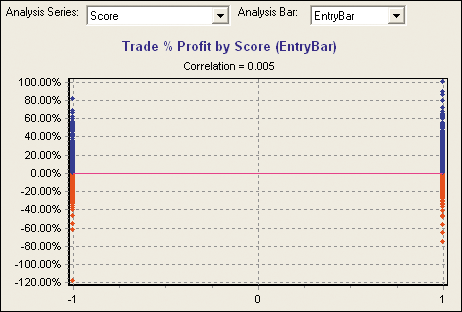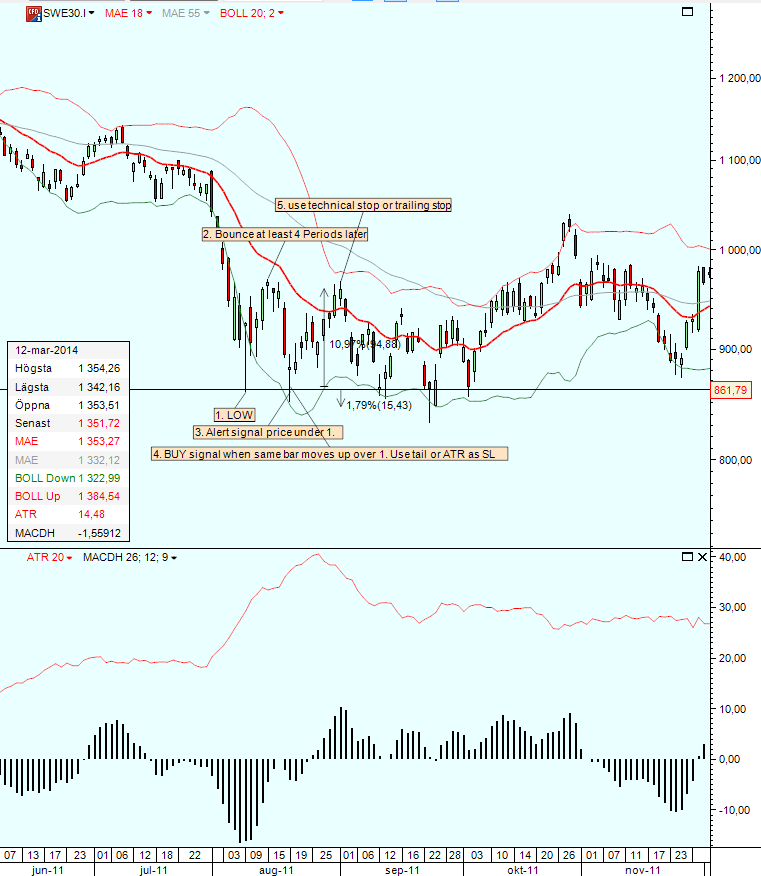Stop Hunting Strategies Traders Laboratory
Post on: 17 Июль, 2015 No Comment

It is widely understood that the forex is the most widely leveraged financial asset market in the world and this has some implications that many traders fail to consider. To get some perspective, standard margin levels in equity markets is 2:1. In options and futures, these levels rise to 10:1 and 20:1, respectively. Meanwhile, many retail traders trade using leverage of as much as 500:1 for a single trade. While using leverage of this type might seem reckless to many, it is obviously still a widespread occurrence and, as a result, it remains clear that stop loss strategies are even more important in forex than in other markets.
Without well managed stop loss strategies, many new traders will catch themselves in precarious positions and in many cases will unnecessarily deplete their entire trading accounts. Luckily, there are strategies for avoiding this that are relatively easy to implement. In equity markets, many traders (usually using no leverage) might avoid using stop losses entirely and simply use patience to wait for prices to turn to a more favorable level. But most forex traders do use some sort of stop loss strategy and here we will look at some strategies to capitalize on the way stop losses are commonly used in forex markets.
Stop Hunting
With the unique character of the FX market, stop hunting has proven to be a successful strategy for a wide section of the market. Some traders have moral hang ups relative to this method (as it does require heavy losses to be accrued by those trading on the other end), it has to be remembered that trading is a business, not a charity and if a trader willingly places his stop loss in the wrong area, there is nothing wrong with identifying this as an opportunity and taking advantage of it.
Stop runs flush out weak positions and allow the longer term, dominant trends to reestablish themselves. Investment banks and hedge funds are famous for running stops as a means for generating sustainable momentum in the market. The fact is, this practice is so prominent that many traders do not even realize it and these players are likely to accrue losses as a result.
Psychological Levels
Specifically, since most traders pay attention to psychological levels ending in 00 (such as 1.3200 in EUR/USD) stops tend to be placed under or above these areas more than others. Knowing that this is a common occurrence in forex is valuable information, as it suggests that retail traders should know to set their stop losses in more unusual areas. This helps to avoid being victimized by excess volatility created by the herd mentality. Instead, traders should be looking at this more as an opportunity for profitability. Because these markets are so heavily influenced by stop loss momentum, there are many instances for short term trading opportunities.
Trading Setups
For trading setups, mirroring big speculative stop hunting requires a short term price chart and a single technical indicator. When prices are approaching a psychological 00 figure, draw horizontal lines 20 points above and below the level. This becomes the critical trading zone, as it allows for high probability and momentum based setups. Once markets have entered this region speculators will be hunting for stops on the other side of the figure.

Longs can be taken on an upward approach into the trading zone, with 15 point stop losses (as this level would then be outside the trading zone, and successful trades will rely on building momentum). Initial profit targets can be set at the risk level (15 points) with the second profit target set at twice the risk level (30 points. This allows the trader to quickly exit the position as the weak selling trades are stopped out and a quick momentum thrust is seen. A final point is that since these trades are based on momentum, they should only be taken in the direction of the larger trend and in conjunction with your indicator readings, which should show that the current move is not over extended.
- Share
- Share this post on Digg Del.icio.us Technorati Twitter














